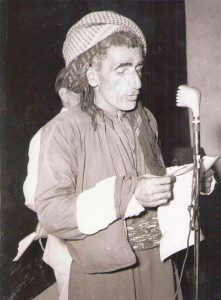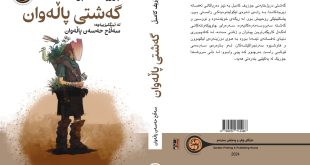
A Brief Analysis of Qane’s “Multilingual Poem”

Jafar Ghahramany
Abstract
One of the innovative forms in classical Kurdish poetry is the composition of multilingual poems. A multilingual poem is composed in several distinct languages, including official, regional, or national languages, or even multiple dialects of a single language. In his multilingual poetry, Qane skillfully blends Kurdish, Persian, Arabic, Turkish, and several Kurdish dialects. This demonstrates his linguistic mastery in classical poetry composition, as he successfully harmonizes these languages within a single poem despite their grammatical and phonetic differences. The integration of multiple independent languages enriches the poem both semantically and aesthetically, creating a uniquely captivating structure. The juxtaposition of diverse languages within a single poem can produce semantic contrasts, which stand out as a remarkable aesthetic feature of this poetic form. Composing poetry in multiple languages and dialects not only reinforces the cultural identity of these languages but also helps preserve cultural and national heritage, particularly for dialects at risk of fading into oblivion. When reading this poem, audiences perceive that Qane did not belong to any single nation or language but rather inhabited a vast, multicultural, and multilingual world. Consequently, the poem holds exceptional appeal for readers. In this poetic, each language serves as a national symbol, portraying specific concepts within its socio-cultural contexts. This paper adopts a descriptive-analytical approach to examine Qane’s multilingual poem from linguistic and literary perspectives
Keywords: Multilingual poetry; Qane; aesthetics; Literary Structure.
Download ماڵی کتێبی کوردی
ماڵی کتێبی کوردی


